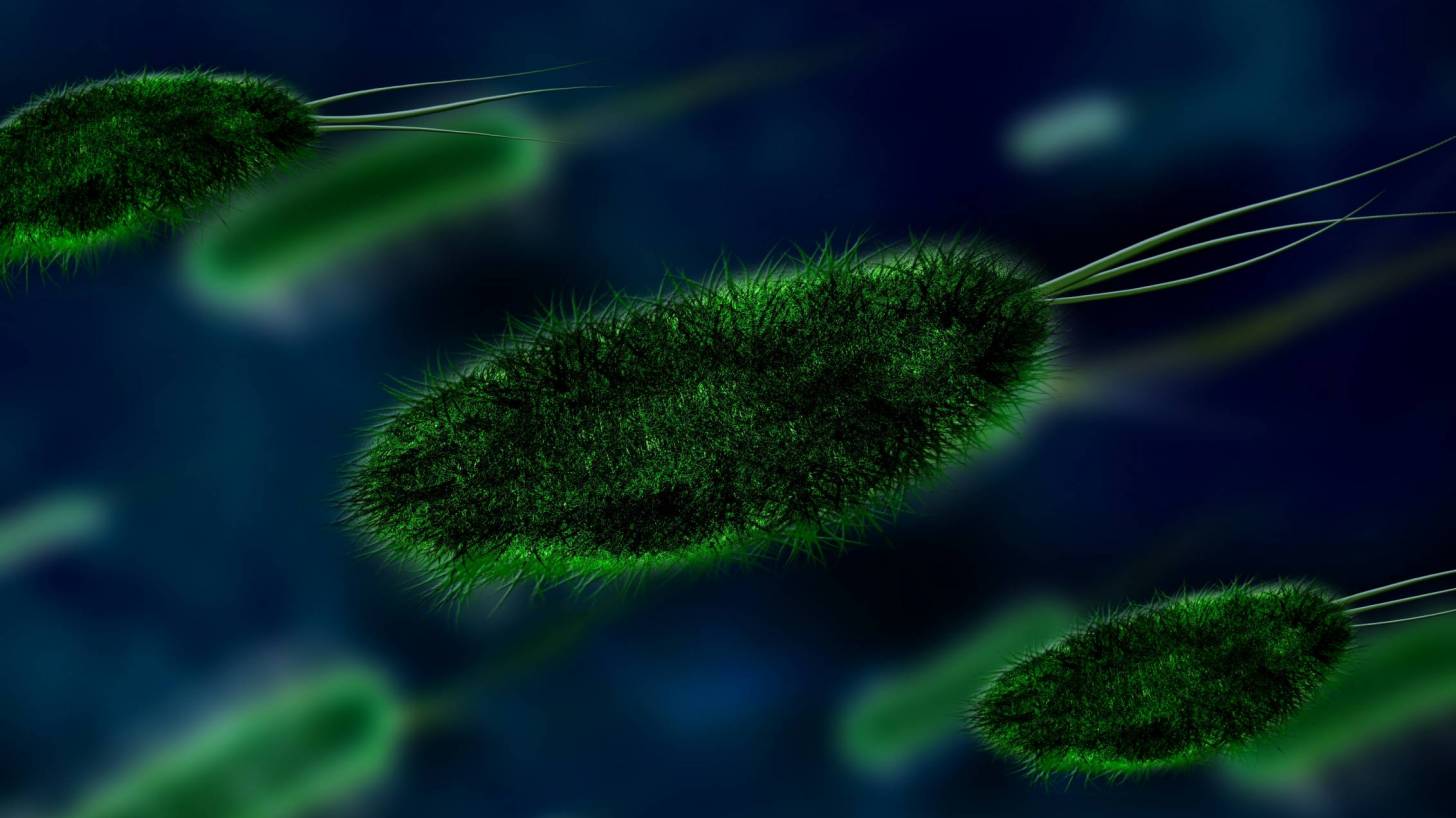New Method to Rapidly Analyze Viral Vaccines With Laser Force Cytology

In a new study, scientists and bioengineers discuss how researchers may soon have the ability to rapidly analyze viral vaccines, which would speed development, production and ensure the vaccine’s effectiveness.
Current techniques for measuring viral infectivity are generally slow, labor-intensive and difficult to standardize, which often creates a bottleneck in the development process.
The measurement of infectious virus concentration is critical for vaccine safety and efficacy and is used throughout R&D, biomanufacturing, release testing, and clinical trials.
Many existing systems for viral quantification rely on fluorescently tagged antibodies (labels), that for new viruses could require many months to a year or more to develop and test thoroughly.
In this study, the authors demonstrate two scenarios for improved detection of viral infection of vesicular stomatitis virus (VSV) in a mammalian cell line.
VSV is commonly used for vaccine production including several candidate vaccines against emerging infectious diseases such as the Ebola, Lassa, and Nipah viruses.
The first is for cells that are already infected with VSV during an ongoing bioprocess that can be analyzed immediately using Radiance (5-10 min instrumental process and analysis time) representing a 400 to 800-fold reduction in the time required to obtain an answer (72 hours in the conventional end-point dilution process).
This capability is truly game-changing as Radiance offers researchers real-time monitoring of viral infectivity, something which currently is not possible using standard techniques. This allows near real-time process control and monitoring.
In the 2nd scenario, rapid viral infectivity determination for crude or purified virus solutions, where samples of the preparation can be taken, applied to suspension or adherent cells and then incubated for a 3-7X shorter period (depending on the virus and cells used) before automated analysis using Radiance.
The authors showed how VSV infectivity measurements based upon LFC and Radiance were more sensitive and yielded results in 16 hours versus the 72 hours required using conventional method, endpoint dilution.
In addition to the shorter incubation period, the results do not rely on operator interpretation and require less labor, further reducing costs.
LumaCyte's Radiance™ instrument is a label-free automated high content cell analyzer and sorter that measures the optical force, size, shape, deformability, and captures images of single cells.
By measuring intrinsic biophysical and biochemical properties of single cells, cellular changes due to viral infection can be rapidly, repeatedly, and objectively quantitated. LFC is very sensitive to agents that perturb cellular structures or change biochemical composition.
High-quality, viral infectivity measurements can be made in a fraction of the time, labor, and cost of traditional assays such as plaque or endpoint dilution or in near real-time throughout the infection process.
"Rapid Quantification of Vesicular Stomatitis Virus in Vero cells using Laser Force Cytology", Colin G. Heberta, Nicole DiNardob, Zachary L. Evansa, Sean J. Harta, and Anna-Barbara Hachmannb.
This study appears in Vaccine, Volume 36, Issue 41 (2018), Published by Elsevier.
Our Trust Standards: Medical Advisory Committee

